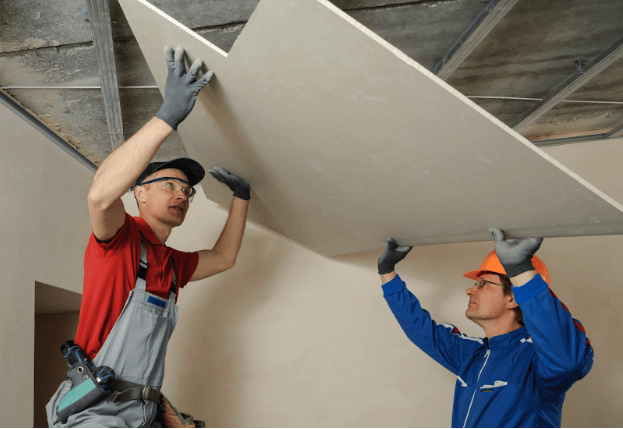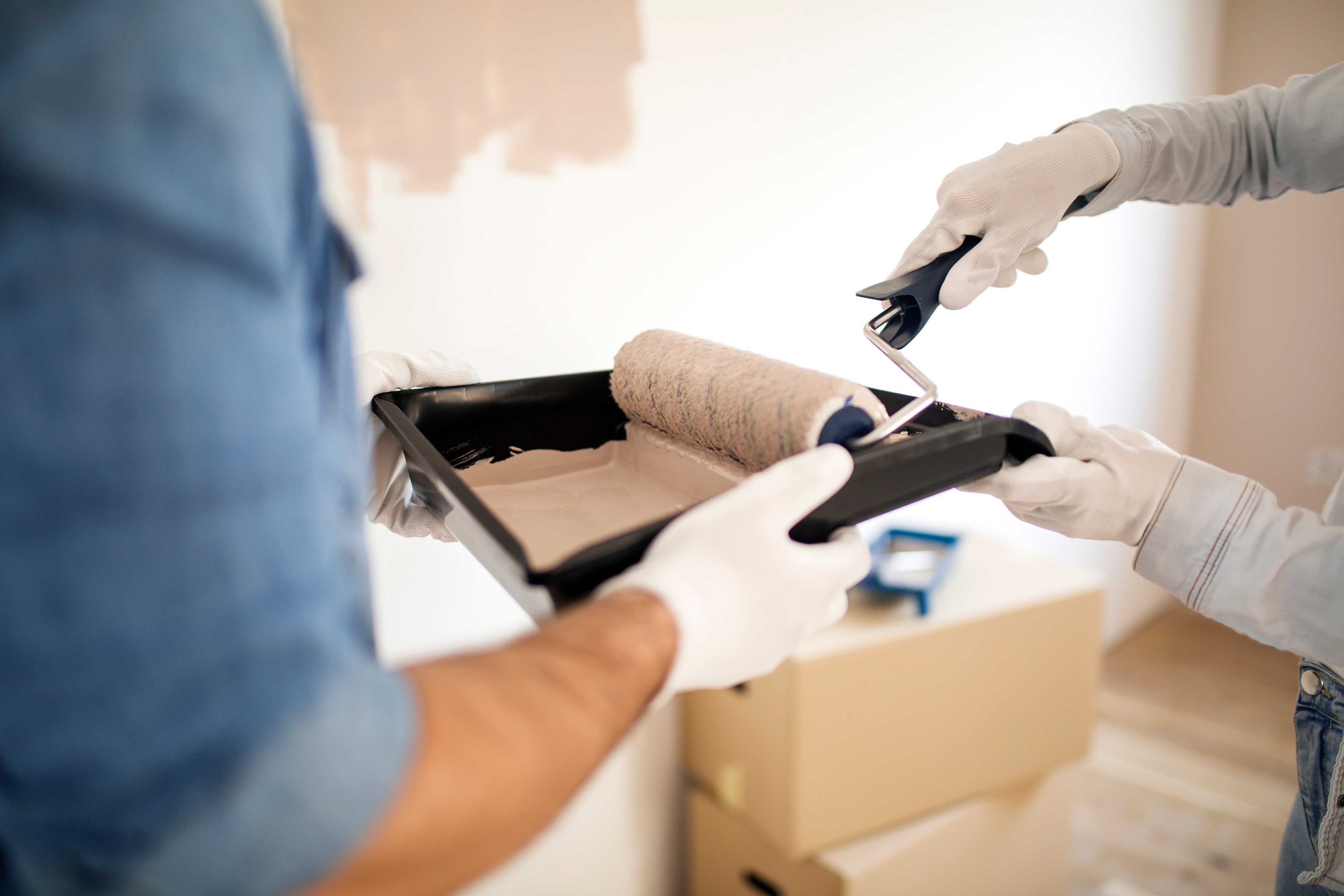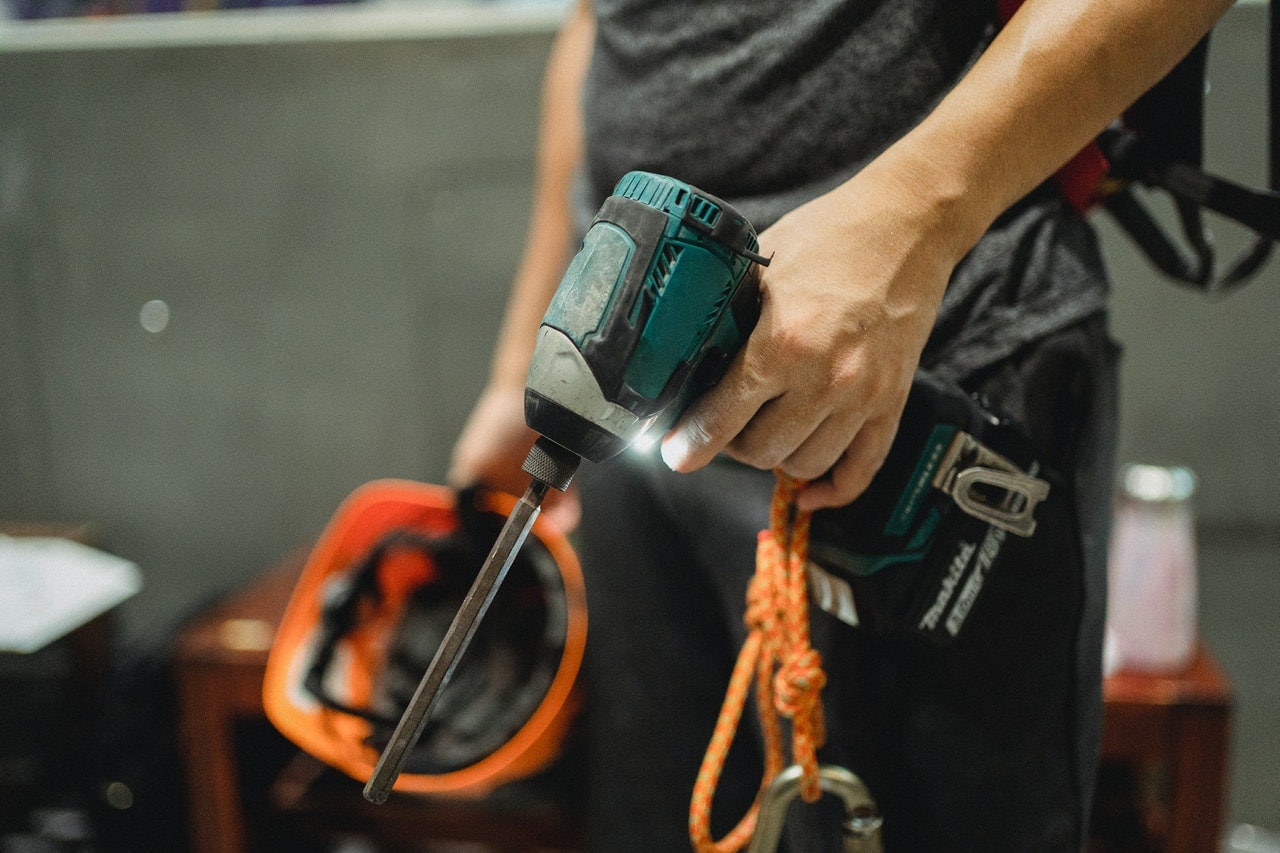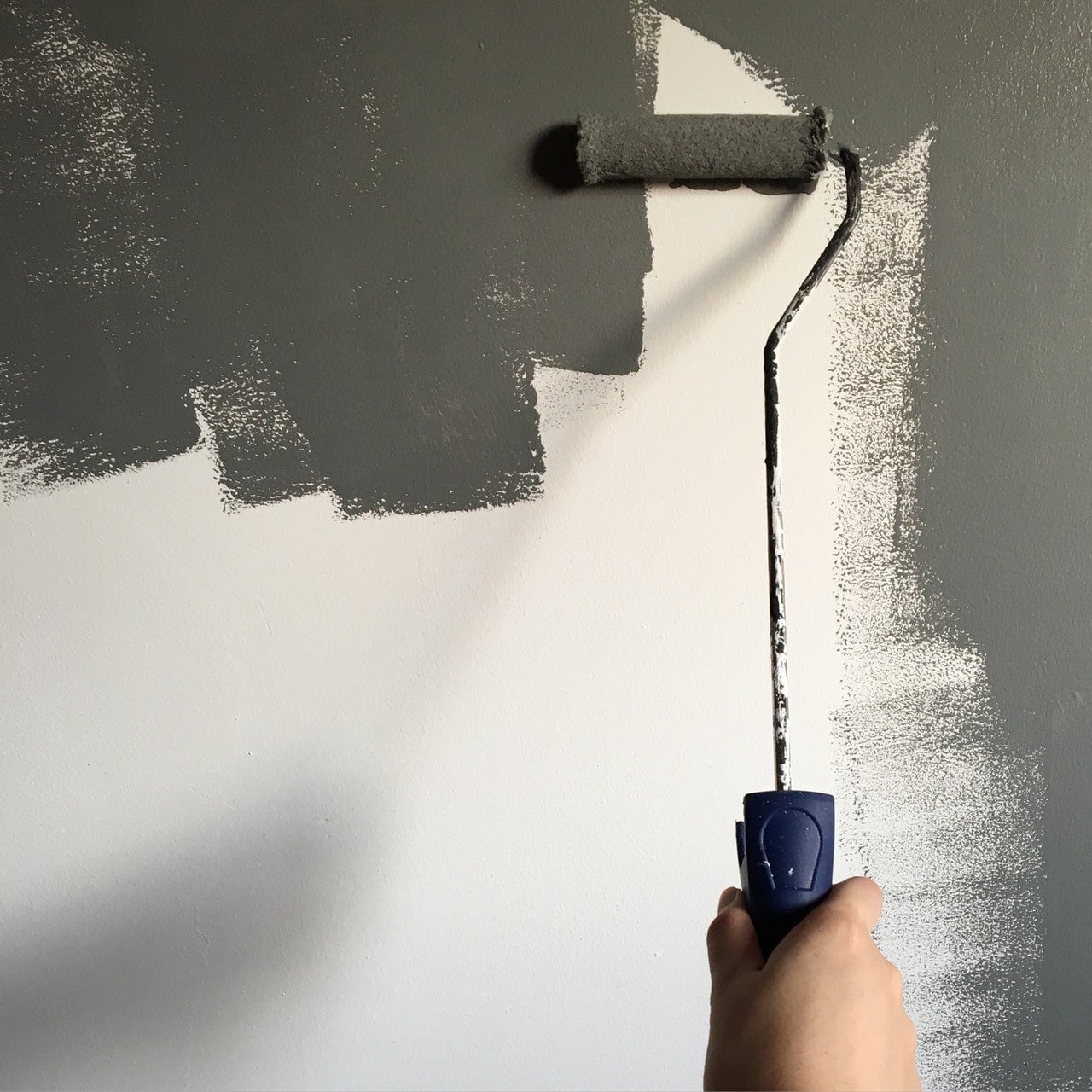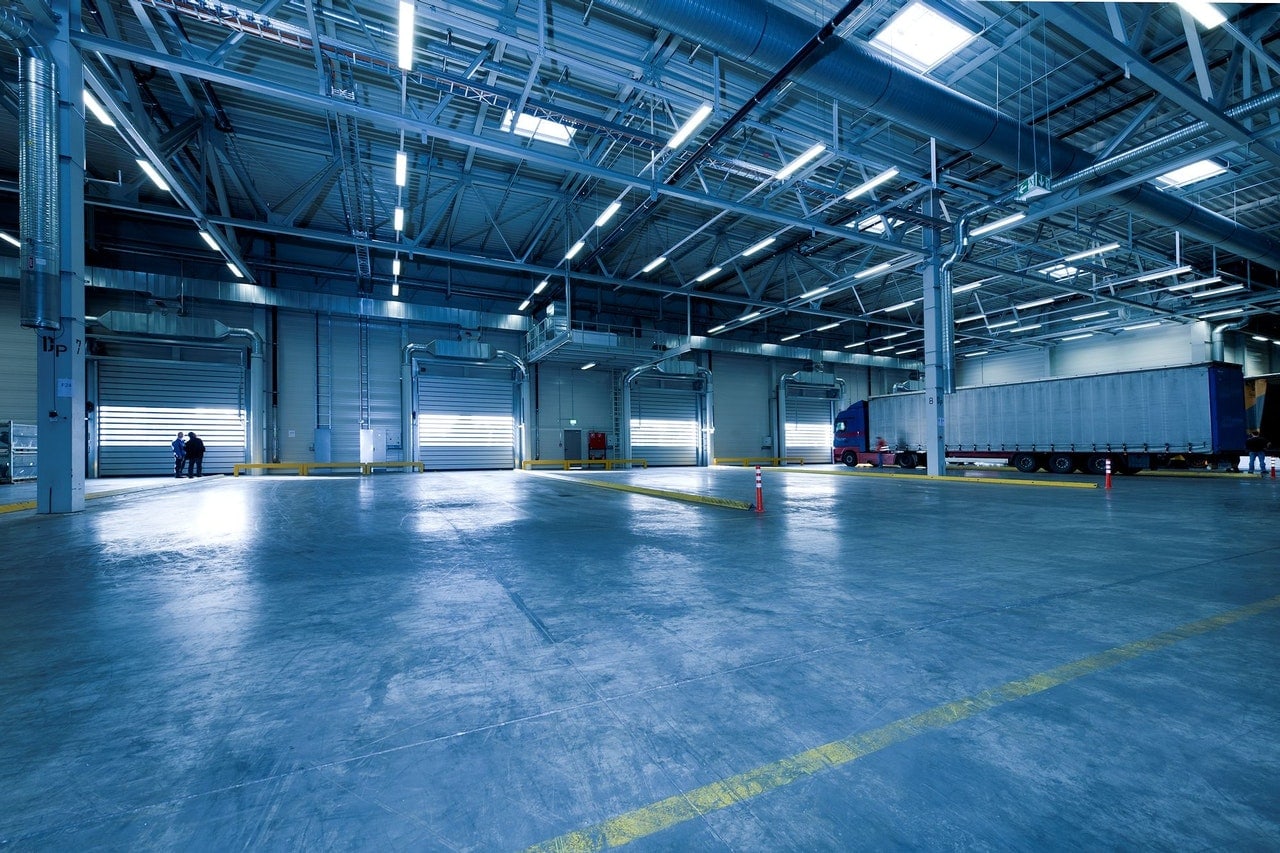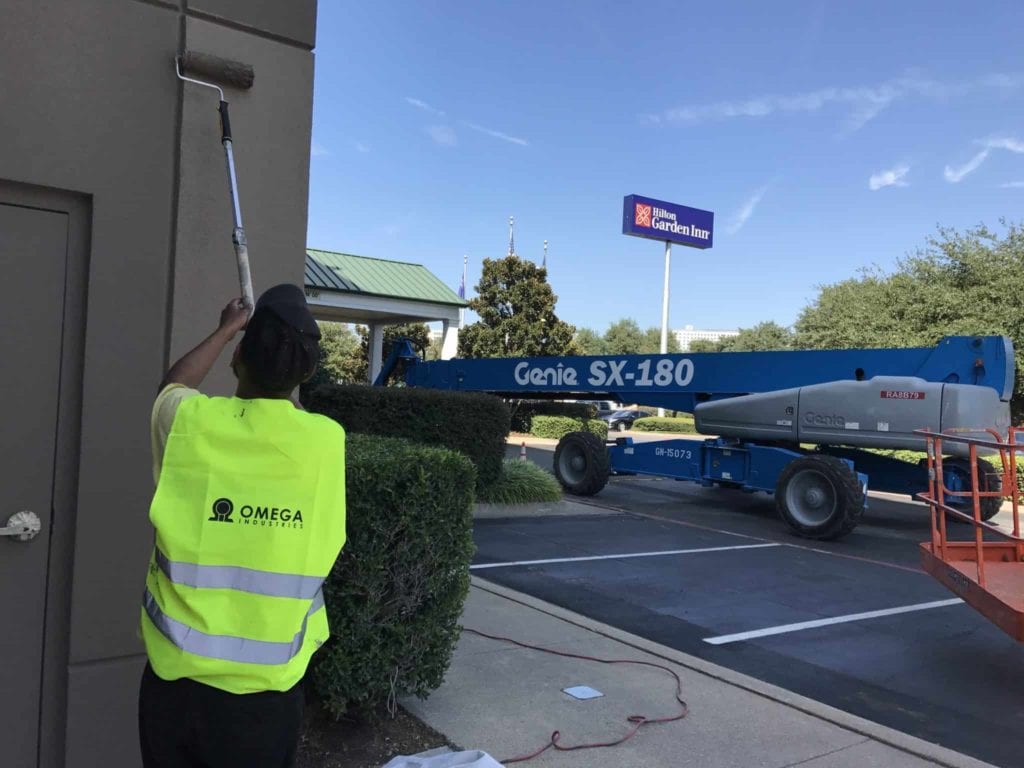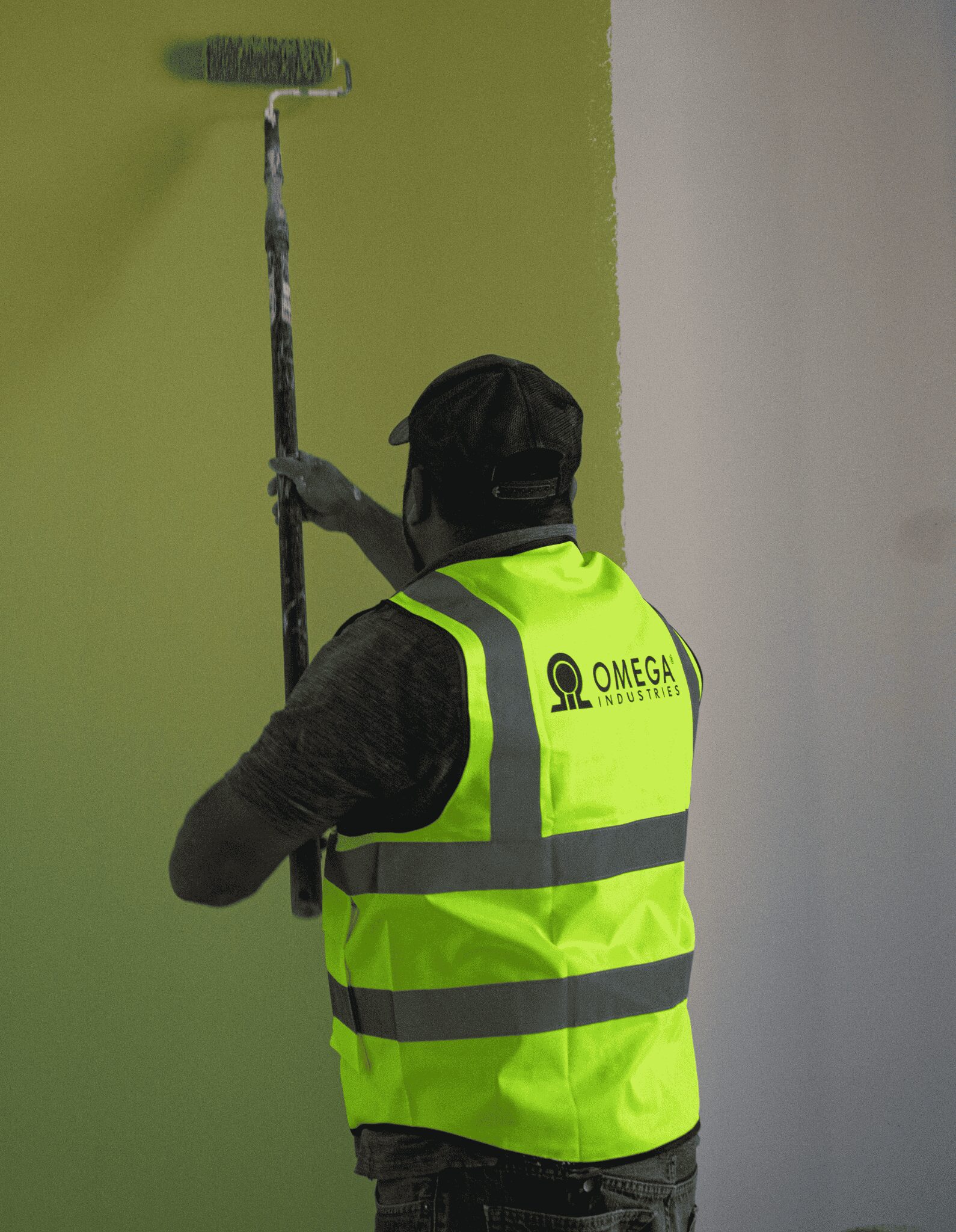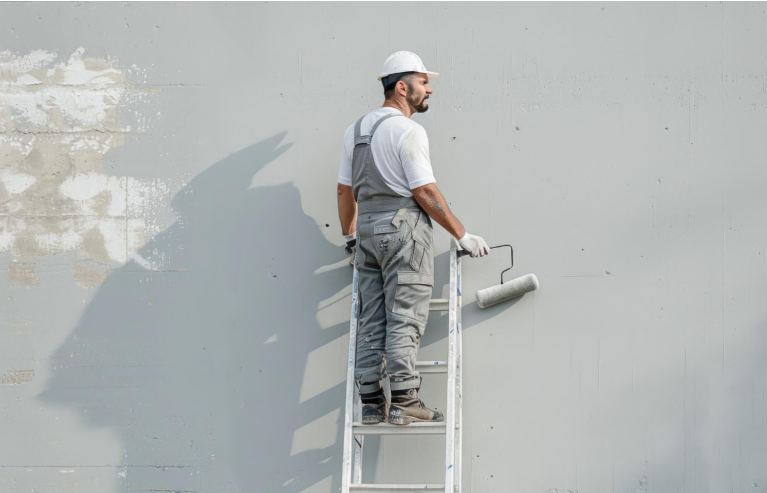Understanding the Terminology: Drywall vs Plasterboard
Before diving into cost analysis, it’s essential to clarify the terminology that often confuses stakeholders in the construction industry. In the United States, drywall, plasterboard, gypsum board, and wallboard essentially refer to the same product: prefabricated panels made of a gypsum core pressed between two layers of heavy paper. The term “plasterboard” is more commonly used internationally, while “drywall” is the standard American terminology.
Sheetrock, however, is a specific brand name owned by US Gypsum Corporation (USG). While it’s technically a type of drywall, Sheetrock contains proprietary additives like wood fiber in the gypsum core, making it slightly denser, stronger, and more impact-resistant than generic drywall products.
The confusion often arises when comparing drywall systems to traditional plaster applications. Unlike prefabricated drywall panels, plaster is applied wet over lath or a base material and requires skilled craftsmen for installation—a fundamentally different process with distinct cost implications.
